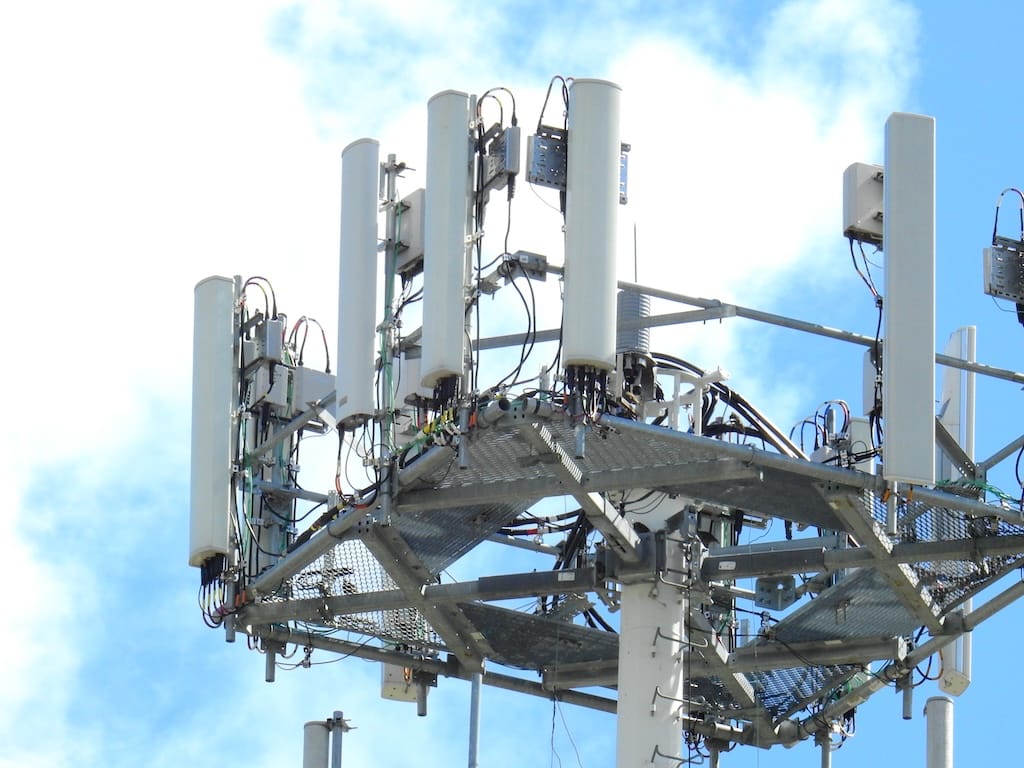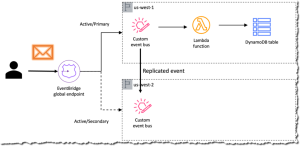
WASHINGTON, April 30, 2024 – Commenters disagreed on the best way for the Federal Communications Commission to make spectrum bands available in the absence of auction authority, with major wireless carriers favoring special temporary authority, while competitive providers and consumer advocates pushed for dynamic spectrum sharing.
The FCC’s authority to auction off spectrum bands to commercial users lapsed for the first time in March 2023, cutting off the main supply for mobile and broadband providers as demand increases. There was uncertainty at the time about authorizing auctions in the lower 3 gigahertz band, currently occupied by the Department of Defense but coveted by the 5G industry.
That band, not currently shareable according to the DoD, is slated for further study in the White House’s national spectrum strategy. But legislation to reinstate auction authority without immediately addressing the lower 3 GHz has so far stalled.
Most recently, Senate Commerce Committee Chair Maria Cantwell, D-Washington, released last week a draft bill that would restore the agency’s auction authority for five years and tap the proceeds from future auctions to fund the ACP, spectrum sharing research, and other programs. Highlighting consistent spectrum policy differences, Sen. Ted Cruz, R-Texas, the committee’s ranking member, and Sen. John Thune, R-South Dakota, put forward their own bill earlier this month that would focus more on auctioning exclusive licenses and refrain from putting proceed toward any specific spending priorities. The committee is set to vote on Cantwell’s proposal on May 1.
The commission asked for comment last month on how it could get spectrum bands out the door if the gridlock Capitol Hill continues.
Special temporary authority
Large mobile carriers, who have spent billions on exclusive spectrum licenses, want the commission to continue with its special temporary authority similar model. The FCC has issued STAs in the past, allowing companies to use spectrum bands on a temporary basis until they can be auctioned.
“Auctions are not only the ideal model for assigning exclusive-use, licensed mobile spectrum in general, they also are the correct model for licensing the Inventory Spectrum,” AT&T wrote in comments to the agency. “AT&T urges the Commission to adopt a temporary spectrum use framework that will preserve the Commission’s ability to conduct an auction for these licenses in the future.”
T-Mobile and Verizon agreed, as did CTIA, the wireless industry’s principal trade group.
“Now is not the time to lean in on frameworks that could infringe on existing licensees’ rights or that would be impractical to execute in the near term,” CTIA wrote of spectrum sharing proposals. The group noted that the spectrum management systems used in the CBRS and the 6 GHz band took years to develop and approve.
“Running the same playbook to install a new sharing framework in bands that are primarily allocated for licensed, full-power use would undoubtedly take longer than any further delay in re-gaining spectrum auction authority,” the group wrote.
The wireless carriers also pushed for the agency to view its effort to open up spectrum without auction authority as a stopgap to keep in place until auction authority is reinstated, rather than a chance to explore alternative methods of spectrum allocation.
“The Commission is right to focus on ensuring that useful spectrum does not lie fallow. But rather than injecting inefficient methods of allocation into the spectrum policy bloodstream, the Commission should continue to encourage Congress to restore its auction authority,” wrote Verizon.
Spectrum sharing
But a starting point for a more robust spectrum sharing pipeline is exactly how proponents of the technology want the FCC to treat the inquiry. The phrase refers to methods of coordinating access between multiple operators on the same spectrum, as opposed to the exclusive licenses that reserve bands for a single user.
Such a system is in place with the Citizens Broadband Radio Service in the 3.5 GHz band, in which the commission instituted a tier-based license scheme and uses an automated system to protect higher tier users – military systems and priority license holders – from interference from lower tiers – unlicensed users on otherwise unused parts of the band.
“We believe the [Wireless Telecommunications] Bureau is wise to seek this input for two reasons,” wrote Public Knowledge and New America’s Open Technology Institute.
That’s in part because they don’t see Congress moving any faster on the issue of auction authority in the near future. But the groups also said “this inquiry is a forward-looking opportunity to get input on a variety of other options for authorizing access to unused spectrum,” which will be “more and more relevant as fewer and fewer valuable bands will be available for the sort of traditional auctions of very wide-area and high-power exclusive licenses” the commission has traditionally issued.
They also argued that the systems that mitigate interference in the CBRS and the 6 GHZ band, an unlicensed band in which automated frequency coordinators prevent interference, could quickly be repurposed to function in other bands.
WISPA and NCTA, trade groups representing smaller wireless broadband providers and cable companies respectively, were also supportive of exploring sharing frameworks for dormant spectrum. Some of both groups’ members use CBRS to provide home broadband.
As it has urged the commission before, WISPA pushed for dynamic spectrum sharing in the 12.2 GHz band “both in the absence of auction authority and after auction authority is restored.” An automated coordinator similar to the 6 GHz band could protect incumbents and be stood up relatively quickly, the group said.
While the group noted that the 2.5 GHz band specifically presents challenges that would make spectrum sharing less than ideal, WISPA reiterated that “STA cannot and should not be looked to or relied upon as the only, or even one of the primary, means for providing access to Inventory Spectrum.”
NCTA pushed for instituting spectrum sharing frameworks in the lower 3 GHZ, 7 GHz, lower 37 GHz, and 12.7 GHz bands.
“In addition to supporting private networks, CBRS spectrum offers cable providers another option for offloading outdoor traffic to support their developing mobile service offerings,” the group wrote.
The agency took comments on the inquiry through April 22.

